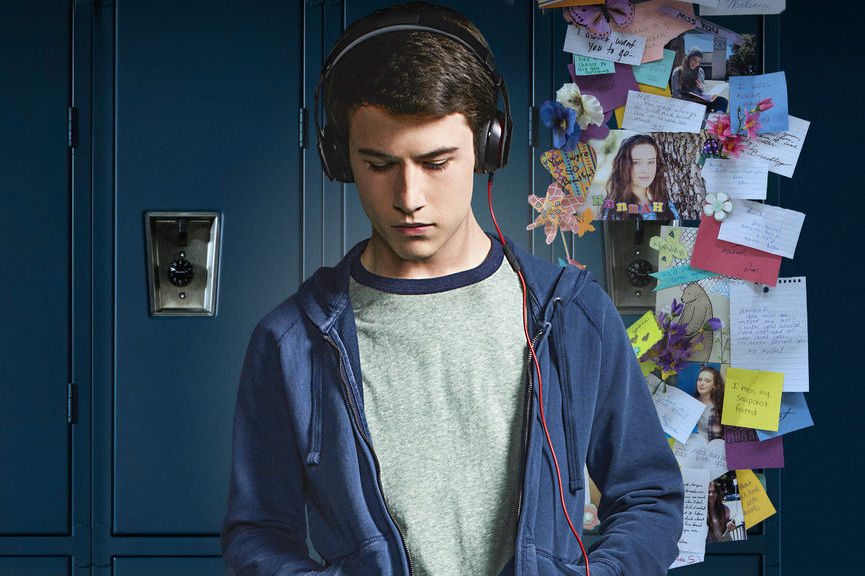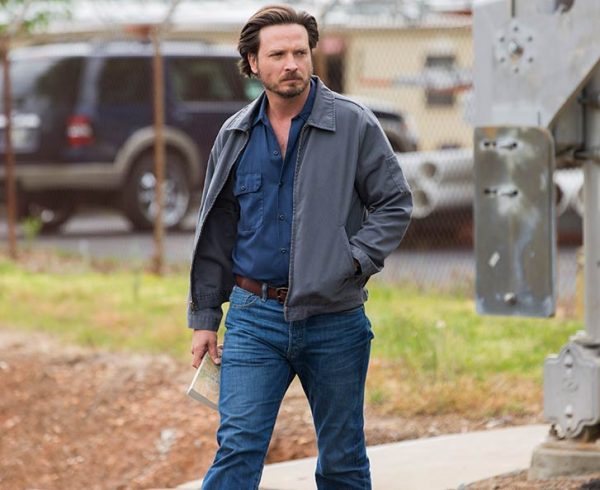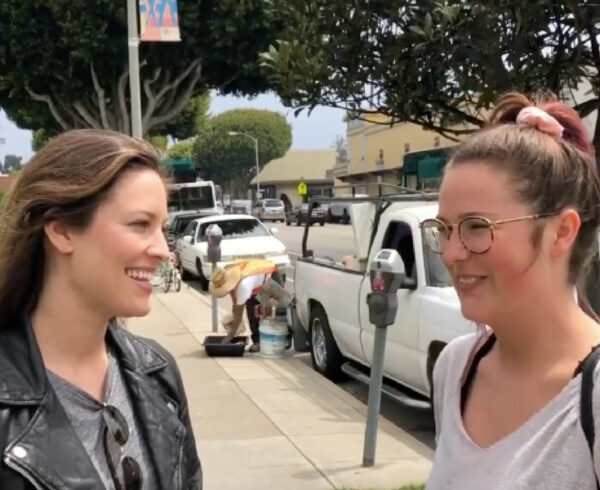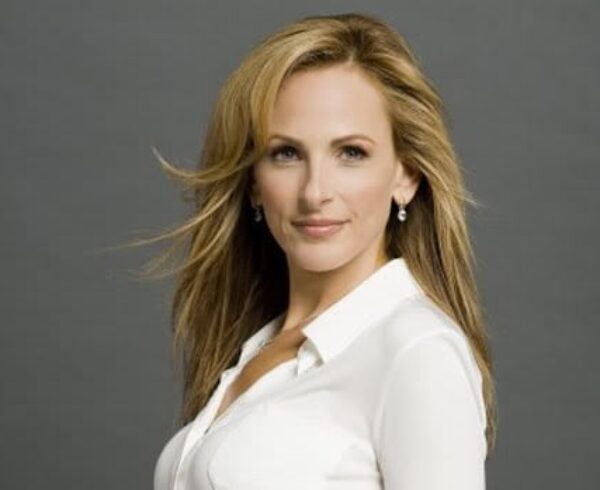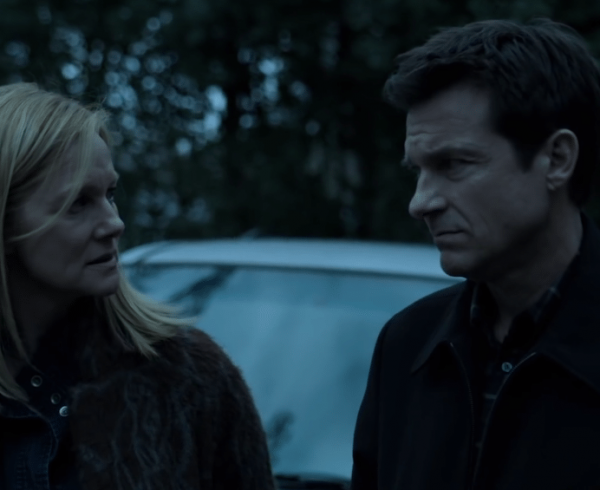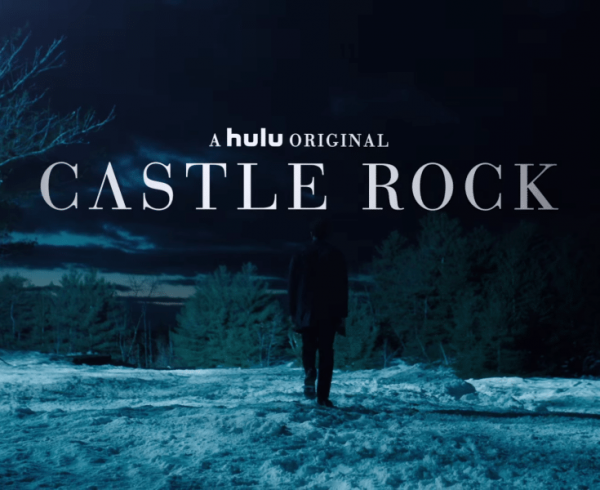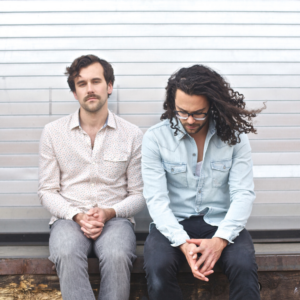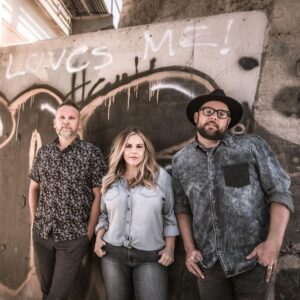I’m a little late to the game, but last week I finally watched 13 Reasons Why, the controversial Netflix original series about a high school girl, Hannah Baker, who commits suicide, and leaves behind thirteen tapes explaining why. Many people may blanche at the prospect of watching a show about suicide — it’s a difficult subject, but here are 13 reasons why you should give 13 Reasons Why a chance.
It’s a Compelling Story
That writers manage to make a dark and disturbing subject interesting by turning it into a suspenseful mystery. What’s going to be on the next tape? Who are the students involved? And what did they do to drive Hannah Baker to take her own life? The story revolves around Clay, a rather shy and awkward teen who is more deeply affected by Hannah’s death than others. As he listens to the tapes, we get to ride along on his emotional journey, while simultaneously learning the sordid details of what goes on in Liberty High.
It’s Well-Acted
Teen dramas are always a crap shoot in terms of acting quality. I still remember Dawson’s Creek and cringe. But all the performers here are believable and relatable. I was able to forget that I was watching a fictional show and get sucked into the action, because the performances were so realistic.
It’s Short
Archive panic is that sinking feeling when you realize you have 15 seasons worth of content to catch up on, and that your viewing habits will be dominated by a single show for the next year. 13 Reasons Why is self-contained and finite, consisting of only 13 hour-long episodes. You can watch the whole thing in a weekend, so why not do so?
We Need to Talk about Suicide
Suicide is one of the few taboo subjects in modern society. It remains an extremely emotional and personal issue, and most people would rather forget it exists, sweep it under the rug, and not think about it too hard. This is a mistake. Death is a part of life, and a person choosing their own death is something that has always happened. Ignoring it won’t make it go away. Instead, we should try to understand it. 13 Reasons Why is a thoughtful and long-overdue treatment of the subject.
It Treats Human Beings as Rational
Along with our collective aversion to talking about suicide have come some dangerous and unhelpful metaphors and euphemisms. These days, it’s fashionable to regard suicide as a “disease,” the product of mental illness and an essentially medical complaint. When suicide is mentioned in statistics, it is always phrased in such a way as to minimize the role of the person doing the killing. “Suicide kills X teens per year.” Never “X teens per year kill themselves.” When a suicide is successful, it is invariably referred to as “senseless.”
But suicide is not something that strikes randomly like a virus. It is a choice people make because they are unhappy, because they find death preferable to life. Treating it otherwise does nobody any favors, and hinders our understanding of suicide.
13 Reasons Why treats suicide as fundamentally rational, outlining very specific reasons why Hannah did not feel her life was worth living. No one is saying that they are good reasons, but they are reasons nevertheless. Hannah Baker’s suicide couldn’t be called sensible, but it certainly couldn’t be called senseless either. Dismissing people’s reasons for killing themselves under the blanket term of depression does a disservice to those who are suffering.
It Shows the Dangers of Mass, Compulsory Schooling
One of the overarching themes of 13 Reasons Why is that high school is a cruel and difficult place. Hundreds of hormonal teenagers are crammed together and forced to socialize, regardless of whether they have anything in common or any desire to see one another.
The school is stratified in terms of popular kids, jocks, nerds, and losers, and the social hierarchy is rammed down the throats of students every single day. The teachers and counselors are either helpless or indifferent to the challenges these young people are facing. Worst of all, there’s no way out. The law demands that teenagers attend school, no matter how miserable it makes them. We have robbed young people of options and escape routes under the misguided rubric of The Greater Good. And the consequence, as we routinely see on the news, is violence and death.
Hannah Baker’s reasons for killing herself include being humiliated in front of people she was forced to see every day. Maybe if she hadn’t been compelled to attend school, things would have turned out different.
It Promotes Personal Responsibility
In addition to acknowledging that Hannah was ultimately responsible for her decision to end her life, the show goes to great lengths to illustrate that actions have consequences. We see the grief Hannah inflicts on her friends and family after her death. We also see the chain of effects that runs from the actions of various students, finally leading to misery and suicide.
The students are forced to confront the fact that what they do on a day to day basis affects other people, and forced to cope with the consequences of their actions. In a world where seemingly everyone wants to shift the responsibility for their lives onto others, whether it be the government or friends and family, it’s refreshing to be reminded that the choices we make define our lives, and it’s no one else’s fault if those choices are bad ones.
It Encourages Empathy
Similar to the above, the realization that other people are affected by what we do and say—and sometimes what we don’t do or say — should encourage us all to be more mindful of how the people around us are feeling. You never know what’s going on in another person’s life. If they are being rude, or seem in a bad mood, maybe there’s a good reason. The show’s complex and realistic treatment of emotional states reminds us that sufficiently advanced thoughtlessness is indistinguishable from cruelty, and we should all pay a little more attention to what our peers are going through.
It Takes a More Nuanced Look at Bullying
One of the threads of the show’s plot involves Hannah’s parents suing the school, claiming their daughter was bullied. We’re trained to think that there are two types of people in school: bullies and the bullied. 13 Reasons Why reveals that it’s rarely this simple, and that there are two sides to every story.
The first person Hannah singles out as contributing to her suicide was Justin, a popular jock who took a compromising photo of her that gave her a reputation as “easy.” What a jerk, right? Well, sure, but we also see that Justin is frequently abused by his alcoholic mother’s parade of low life boyfriends, sometimes being as good as homeless, having no safe place to retreat to. He’s just as much a victim as a victimizer, and the same could be said for many others on Hannah’s list.
In fact, if things had turned out differently, Hannah herself could have appeared on another student’s list. On more than one occasion, she publicly humiliates guys who try to ask her out and say nice things to her, either because she’s not interested, or because they phrase their compliments in the sort of awkward, slightly insulting ways typical of teenage boys. We get to see how Hannah’s feeling, but can only imagine the hurt that such rejections could inflict.
The point is that everyone has demons, and everyone inadvertently hurts others at one time or another through being thoughtless and a little selfish. Just because someone feels bullied, doesn’t mean the aggressors aren’t hurting too, and just because someone feels like a victim, doesn’t mean they aren’t victimizing someone else.
It’s also an oversimplification to say that bullying was the cause of Hannah’s suicide. It was a contributing factor, to be sure, but it was compounded by her own insecurities, unrealized ambitions, and dashed hopes. Bullying is one factor, but far from the only one.
It Offers a Window into the Human Condition
Why do people do what they do? Hannah asserts that it’s because people are just bad, mean, and cruel. But is that really the case? Throughout the show, it becomes increasingly clear that the kids of Liberty High are, more than anything else, scared. They’re scared of not fitting in, of being made fun of, of letting their parents down, of getting bad grades, of not finding love, of being forced into a role they never wanted. They’re scared all the time, and when people get scared, they’ll do almost anything to protect themselves.
Most of the things Hannah identifies as making her life miserable are not the product of gratuitous cruelty, but of other high schoolers just trying to survive the experience. Sometimes this takes the form of cowardice, of refusing to do the right thing, or of throwing a friend under the bus to save oneself. This doesn’t excuse bad behavior, of course, but we have a much better chance of understanding, relating to, and helping our fellow human beings if we recognize what a large role fear plays in decision making, especially in a precarious environment like high school.
It Shows That Suicide Prevention Is About Support Networks, Not Doctors
One of the points the show makes is how useless the authorities are when it comes to dealing with teenage emotions. In today’s society, we’ve come to think of suicide as a medical issue, something to be dealt with by doctors, psychiatrists, counselors, therapists, and sometimes the police.
People alleged or assumed to be suicidal are confined against their will, for being a danger to themselves. 13 Reasons Why shows that friends and family play a much more important role in boosting self-esteem and helping work through problems than any impersonal authority. Almost every kid profiled has severe problems, but the ones that get through it are the ones who have the strongest relationships to support them. This is not to say that professionals can’t be useful in the real world, but there is still no substitute for a personal connection.
It’s Brutal
As the show progresses, it gets increasingly hard to watch. These are heavy issues, and they are dealt with head on, gloves off, with no sympathy for the squeamish. This may not sound like a positive thing, but it is. Not only does it heighten the drama and make the emotional content more real, it forces us to confront our own fears. Sometimes it’s healthy to be shown something we’d rather not look at. Life isn’t easy, and there’s no reason art should be either.
It’s Life-Affirming
Perhaps surprisingly for a show that’s all about death, 13 Reasons Why is ultimately a hymn to the beauty of life.
It’s easy to see Hannah’s point of view on why she was so miserable — we are bludgeoned with it from episode one. But from our positions as outsiders, her decision to kill herself seems, well, stupid.
With the benefit of context and perspective, it’s obvious that the temporary misery of high school is dwarfed by the intense glory of life, with all its possibilities. Many of the people who survive Hannah and are touched by her story are unhappy, but they won’t be forever, and with the future stretching out ahead of them there are endless roads they could travel. Ending it all, especially before life has had a chance to properly begin, would be a tragic mistake.
13 Reasons Why tackles the darkest recesses of the human soul, but as a viewer, you will hopefully come out the other side feeling that much better and more appreciative of the wonderful gift that is existence.
This column originally appeared at The Foundation for Economic Education, and is reprinted by permission.

